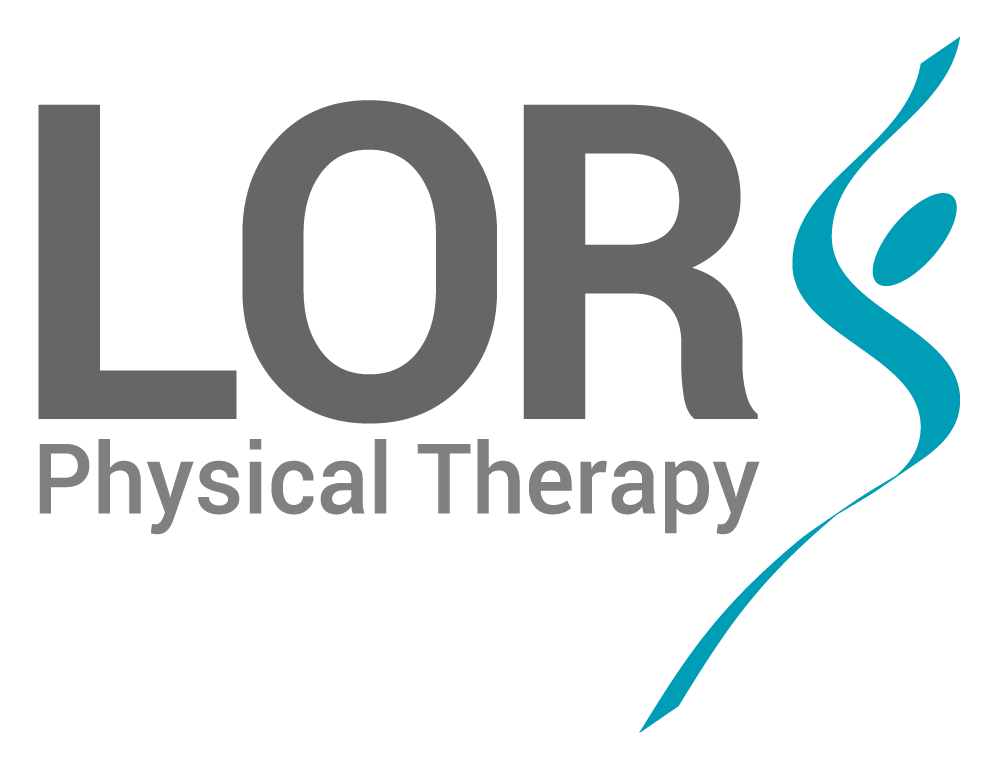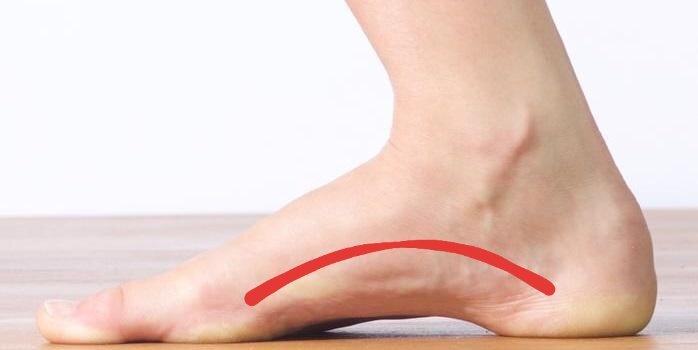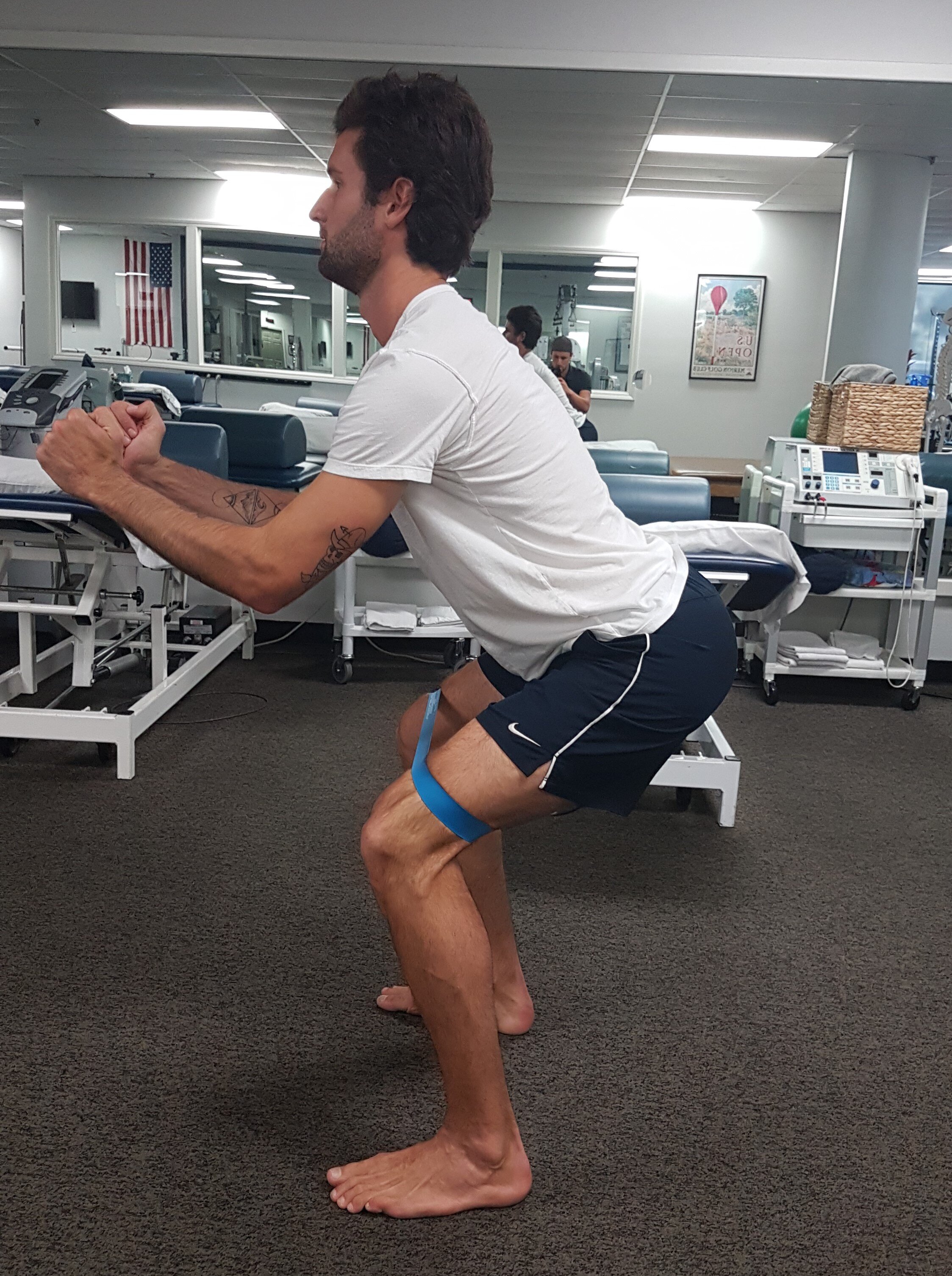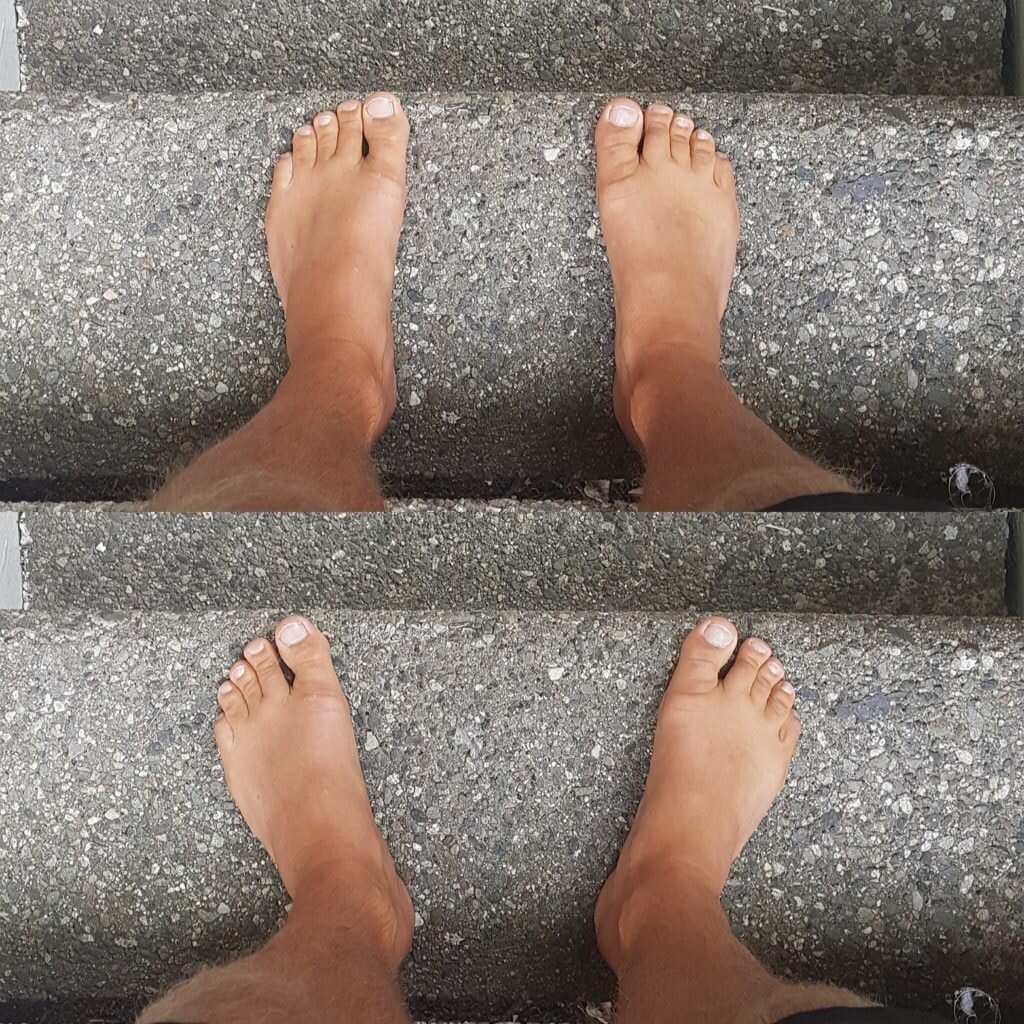Why Flat Feet Say More About Your Legs Than Feet
Take a moment to look at the arches of your feet.
How are they?
Do they sit low to the ground? Or can you literally see an arch?
Interestingly, flat feet are reaching epidemic proportions among modern-day humans.
West Penn Hospital Orthopedist Dr. Victor Prisk suggests that “About 30 percent of people have a flat foot.” Furthermore, he states that “For every person who has a flat foot, one in 10 probably has some symptoms from it.”
And this is important to acknowledge because the more symptomatic flat feet there are, the more we tend to look at the foot for answers. After all, arch-supportive shoes, orthotics, and arch taping are highly effective symptom relievers.
But this can distract us from the bigger picture. It’s often a huge surprise to learn that most arch-related issues are not actually an arch issue in isolation. It’s the result of a broader breakdown in your overall leg mechanics. Something that needs to be addressed if you truly want to solve your foot dysfunction.
So let’s go through some simple things to know about why flat feet probably aren’t a foot problem at the end of the day.
What is the Arch
When referencing the arch of the foot we specifically refer to the inside (or medial) border. The arch itself runs from the base of the big toe to the heel.
Anatomically, the medial arch is formed by the tarsal and metatarsal bones of the foot, of which the navicular bone is often most well-known. These bones are supported by numerous muscles and ligaments. The role of the arch is to provide space for surrounding soft tissue to function without being compressed by the ground. This allows structures like the Plantar Fascia (a ligament-type structure that runs under the foot) to store and release energy making tasks like walking more efficient.
Interestingly, we don’t develop an arch until around six years of age.
The Windlass Effect
The Windlass Effect is a crucial component of normal walking.
As the heel lifts and the big toe extends, a well functioning medial arch and plantar fascia work together to convert the foot from a softer, more malleable structure that can conform to the ground, to a more rigid and robust mechanical platform for propulsion.
A collapsing arch can directly short-circuit this effect forcing a change in the way we load the bones and soft tissues of the feet.
What Causes Flat Feet
Flat feet are often seen as a failure of the arch itself. This can be problematic for a few reasons.
It ignores the rest of the leg
It suggests reclaiming a good arch is difficult
So in order to understand the arch we need to appreciate how it’s set up to fail.
The above image highlights the difference between flattened arches (top) and correctly positioned arches (bottom). Interestingly these two photos were taken seconds apart. And in order to understand how, try this:
Take off your shoes and socks and stand with your feet straight. Next, without moving your feet try and rotate your knees out. Imagine you are screwing your legs into the ground. As you see the entire leg rotate out (feet still straight) your arches will pull up. Similarly, if you let go and let your legs rotate inwards your arches will collapse.
In short, the majority of flat feet are a consequence of this internal rotation of the leg.
What Causes the Leg to Internally Rotate
This is where things get interesting.
The leg usually de-rotates when compensating for a few covert issues.
Stiff ankles
Hip weakness
Hip stiffness
Ankle and hip stiffness force the leg to find an alternate path to move. Hip (and trunk) weakness fails to hold the leg in a healthy, relatively outwardly rotated position and also fails to resist internal rotation.
Similarly, if you walk with your feet pointing out, this causes the leg to “walk through” your arch as opposed to alongside it.
So when grouped together, we can see a number of reasons why an arch ends up in a collapsed position.
The trick is that many of the dysfunction associated with flat feet can’t be seen unless you specifically know what to look for. The arch or foot may be the uncomfortable structure but it may not the true cause of the complaint. And the more you look into it, the more it seems that flat feet are linked with a huge number of lower limb complaints.
Common Complaints Associated with Flat Feet
One reason we value the function of your arch so highly is that it’s intrinsically linked to so many lower leg complaints.
The following are a list of complaints associated with poor arch function:
Achilles tendon dysfunction
Navicular stress fractures
Calf tears
Shin splints
Iliotibial Band syndrome
ACL tears
Meniscal tears
Patellofemoral joint dysfunction
Knee, ankle and hip Arthritis
Hip impingement
Turf toe
Bunions
Plantar fasciitis
How to Reclaim a Flattened Arch
Traditional treatment to help support/reclaim a flattened arch usually requires the following:
Foot and calf muscle strengthening exercises
Orthotics
Arch-supportive shoes
Arch taping
Foot and ankle mobility exercises
However, we can now expand beyond these ideas to have a greater impact on your recovery.
Here are five additional exercises to add to any arch-related injury recovery program:
1. Improve Ankle Mobility
Banded Ankle Stretch:
With the help of a band, stretch out and bend your back ankle. Aim to feel pressure or a pull at the back of your ankle. Keep your knee rotated as far out a possible and don’t let it collapse inwards.
2. Improve Hip Rotation
Modified Pigeon Stretch:
Rotate your leg and place it up onto a bench. When leaning forward, make sure to bend from your hips and not your low back. Aim to feel this in your buttocks.
3. Improve Anterior Hip Mobility
The Couch Stretch:
This can be both a brutally tough and equally rewarding exercise. Start with your knee in the back corner of your couch and then progress down to the floor if you can. Prioritize a straight back and aim to feel a comfortable stretch at the front of your hip.
4. Improve Lateral Gluteal Strength
Banded Squats:
Wrap a light band around your knees and practice squatting. This will force you to keep your knees apart, activating those deeper hip muscles.
5. Walk With Your Feet Straight
It’s a simple cue, but highly important. From now on try your best to stand and walk with your feet pointing straight ahead.
Conclusion
So if you or someone you know are concerned about the quality of your arches, consider the role of the rest of your leg.
It’s certainly important to look after your foot and arch specifically, however, there may be an inherent limit on your capacity to see sustainable, long-term change in the future.
However, attend to the broader mechanical issues associated with the arch collapsing in the first place and you at the very least open up the possibility to solve the issue for good.
If you need help with your arch-related dysfunction, please don’t hesitate to call us on (949) 443 5442 and let one of our experienced Physical Therapists take a look.








